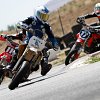There’s an acronym often used in the military: BLUF. It means bottom line up front; start with your conclusion or recommendation. That’s what I’ll do here: Cross training will make you a far better rider. Not just a little better, far better.
Editor's note: Dylan Code is a rider coach and the COO (stands for child of owner) of the California Superbike School, with 23 years of full-time experience in the area of rider training. He works closely with his father, Keith Code, on curriculum development and figuring out how to provide the best possible motorcycle riding experience for their students.
Let’s define cross training: The action or practice of engaging in two or more sports or types of exercise in order to improve fitness or performance in one’s main sport. Some cross training options within the realm of riding motorcycles are flat track, motocross, trail riding, trials, adventure, supermoto, road race, enduro, drag racing, ice and speedway. For off-road, we have important elements riders need exposure to such as jumps, hills, sand, gravel, water crossings, large obstacles, ruts, and mud.
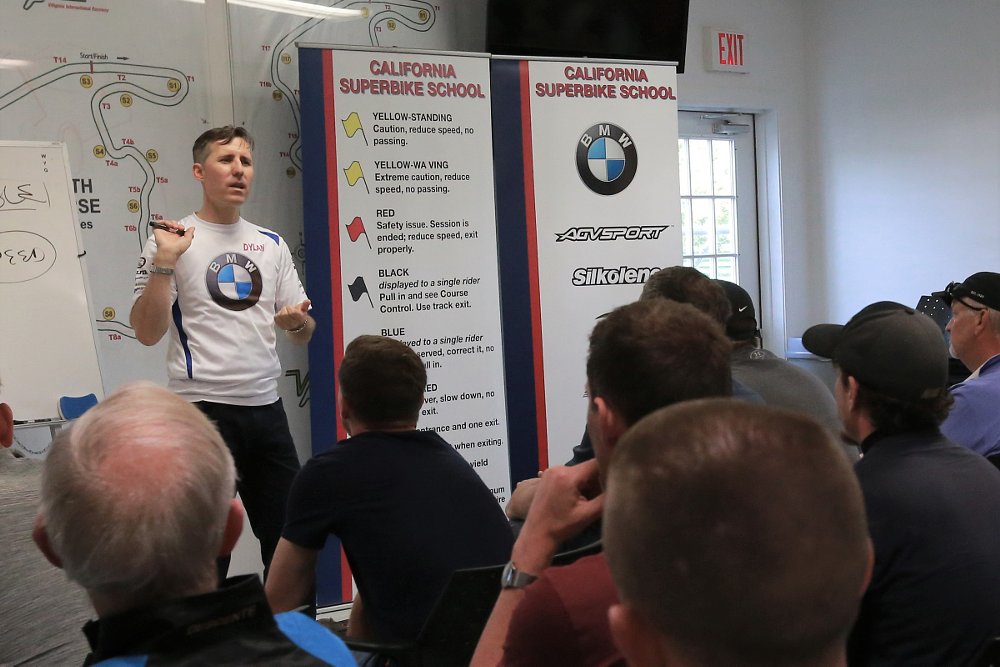
The time-honored progression to street riding has been to ride dirt bikes as a child and then move to street riding when old enough for a license. For decades it was a given. However, today during my classes at the California Superbike School I’ll ask for a show of hands on how many have ridden dirt bikes. It averages about 20 percent. As far as I can tell, a very common progression for today’s rider is to do basic rider training as an adult, get a street bike, watch YouTube videos, make friends with other riders to ride with on the weekends, get miles in the saddle, and learn as they go.
Sticking with just one type of riding becomes a sort of liability as the miles stack up. It seems this would not make sense because we know miles in the saddle are good. There is a downside, however. Through repetition, a rider creates muscle patterns that become second nature, which is great, unless there is a flaw in their technique or if that muscle pattern is wrong for a certain combination of circumstances. Cross training creates a variety of muscle patterns a rider can call on at the appropriate moment.
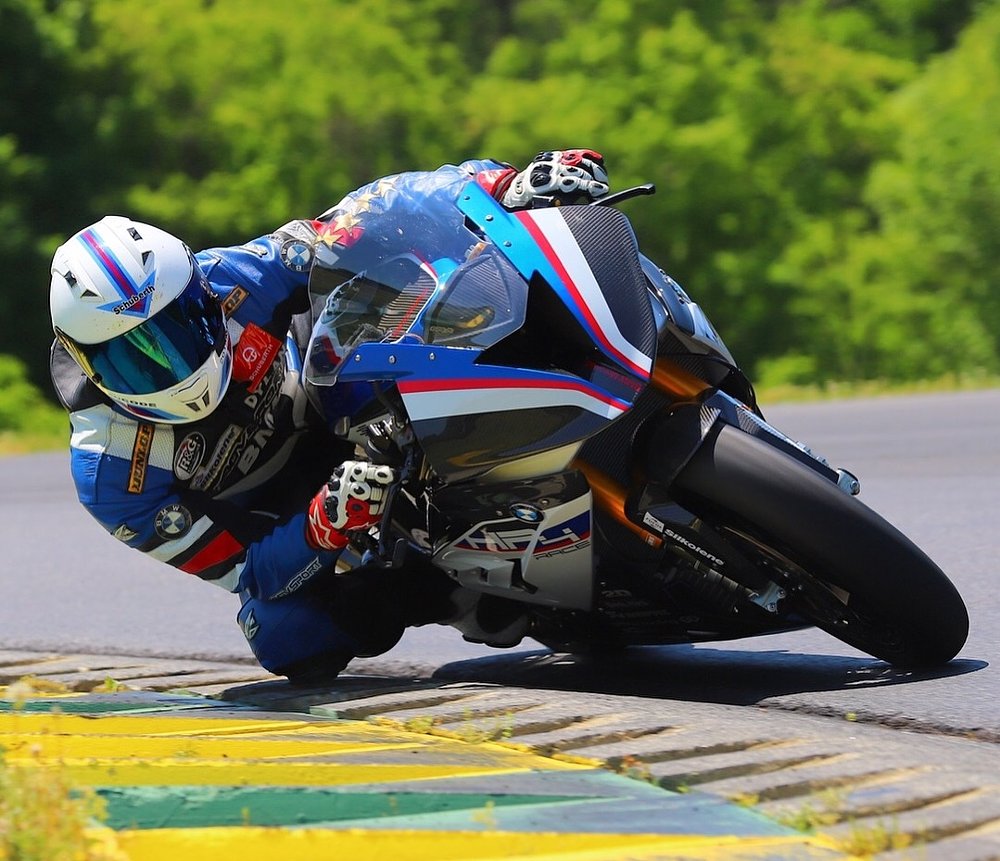
A flat tracker has an excellent sense of traction and can predict with impressive accuracy how far their rear tire will slide sideways, the moment the slide starts. From there, they know whether to reduce the throttle, hold it steady, or increase it. A trail rider remains calm if they lock the rear brake on a street bike in a gravel-covered canyon turnout. Roadracers who spend time riding mini bikes on go-kart tracks learn to eliminate unwanted twitchy or jabby control inputs because minis are so sensitive and responsive. Supermoto riders have an excellent understanding of how much traction a street tire provides in dirt. It may or may not be a surprise to find that many of the best adventure trophy riders come from a trials background — riders with experience on the lightest off-road bikes excel on the heaviest ones! Street riders who ride on a road race track gain a better understanding of what lean angles are possible, what hard acceleration and braking feel like, and how their bike’s dynamics change at higher speeds. Handlebar inputs at 60 mph and 100 mph yield very different results. Also track training gives the rider multiple passes through the same corner to rectify a mistake. It’s the ideal learning environment in many respects.
Those who follow MotoGP racers closely on social media see them regularly riding flat track, motocross, trials and minis. Valentino Rossi even built his own personal flat-track facility shared with friends and protégés.
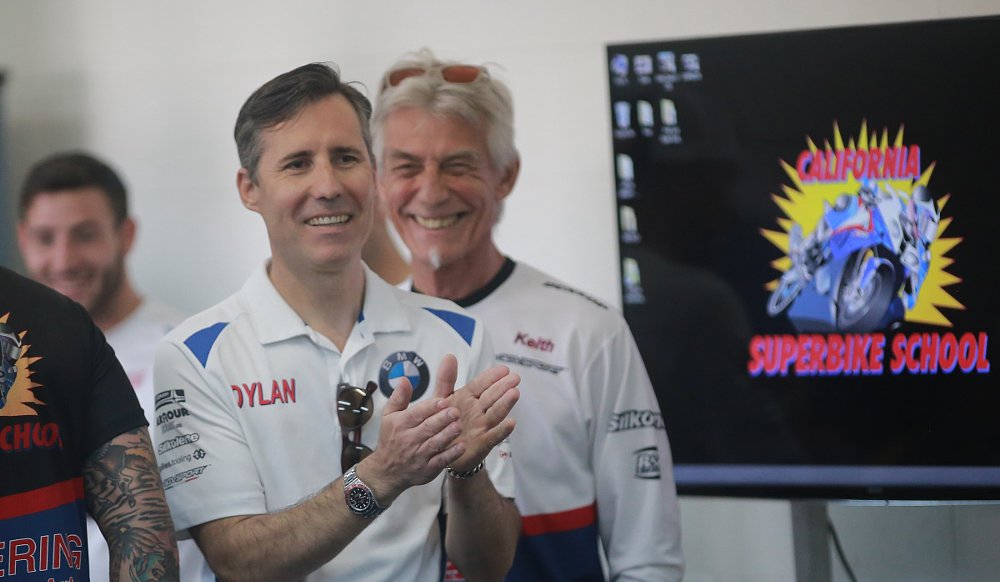
Occasionally, I do guest instructing at SoCal Supermoto, where it’s easy to spot someone who has spent too much time only on road bikes. When cornering in the dirt, they are far back in the seat, hung off to the inside, with their leg stuck out like a dog trying to pee. This is after proper dirt body position was carefully and clearly explained and demonstrated. With some riders it’s very difficult to break these patterns. But it’s not that we are actually trying to break a muscle pattern. Instead we are trying to add a new pattern. This new pattern added may serve the rider when a certain set of circumstances arise. Did you know that ladders are one of the most common types of debris found on Southern California freeways? A rider with off-road experience, especially enduro, would be able to handle riding over a ladder on the freeway with relative ease.
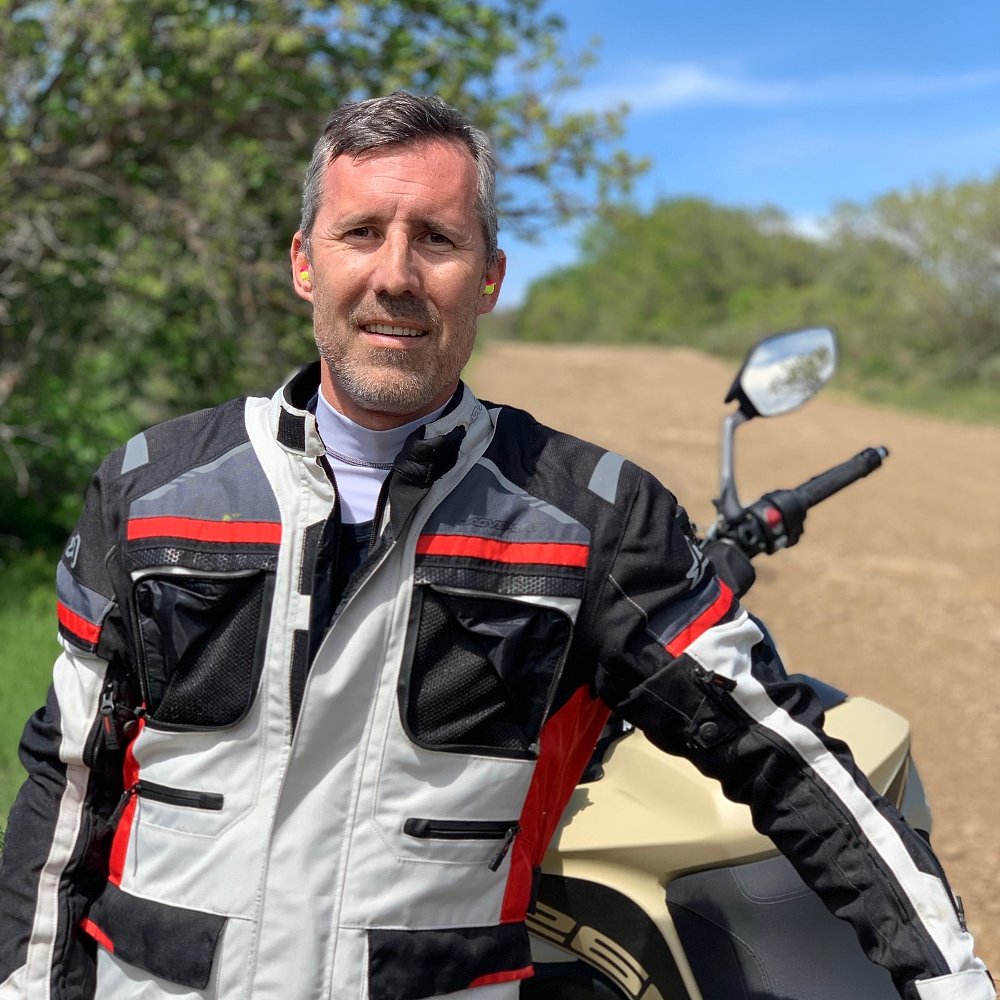
For those of you who decide to explore cross training: Patience is required. Entering a new discipline with high expectations is a recipe for disappointment. Choose a good school, coach or mentor and trust the process. The result will be greater overall confidence and safety.





